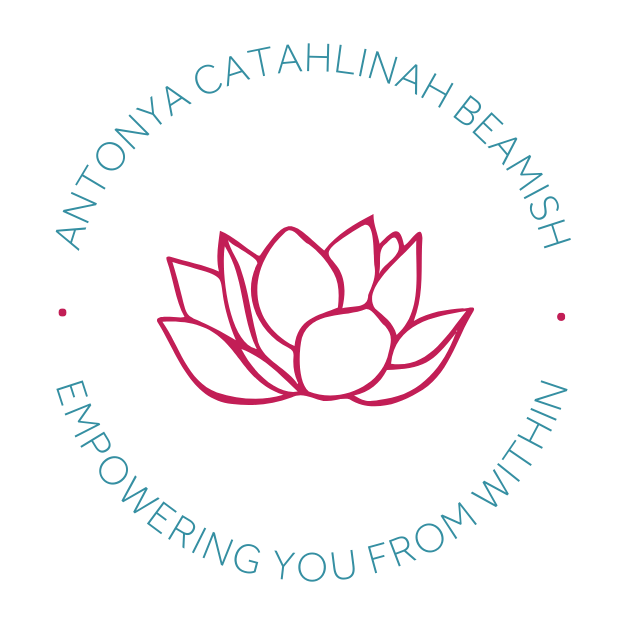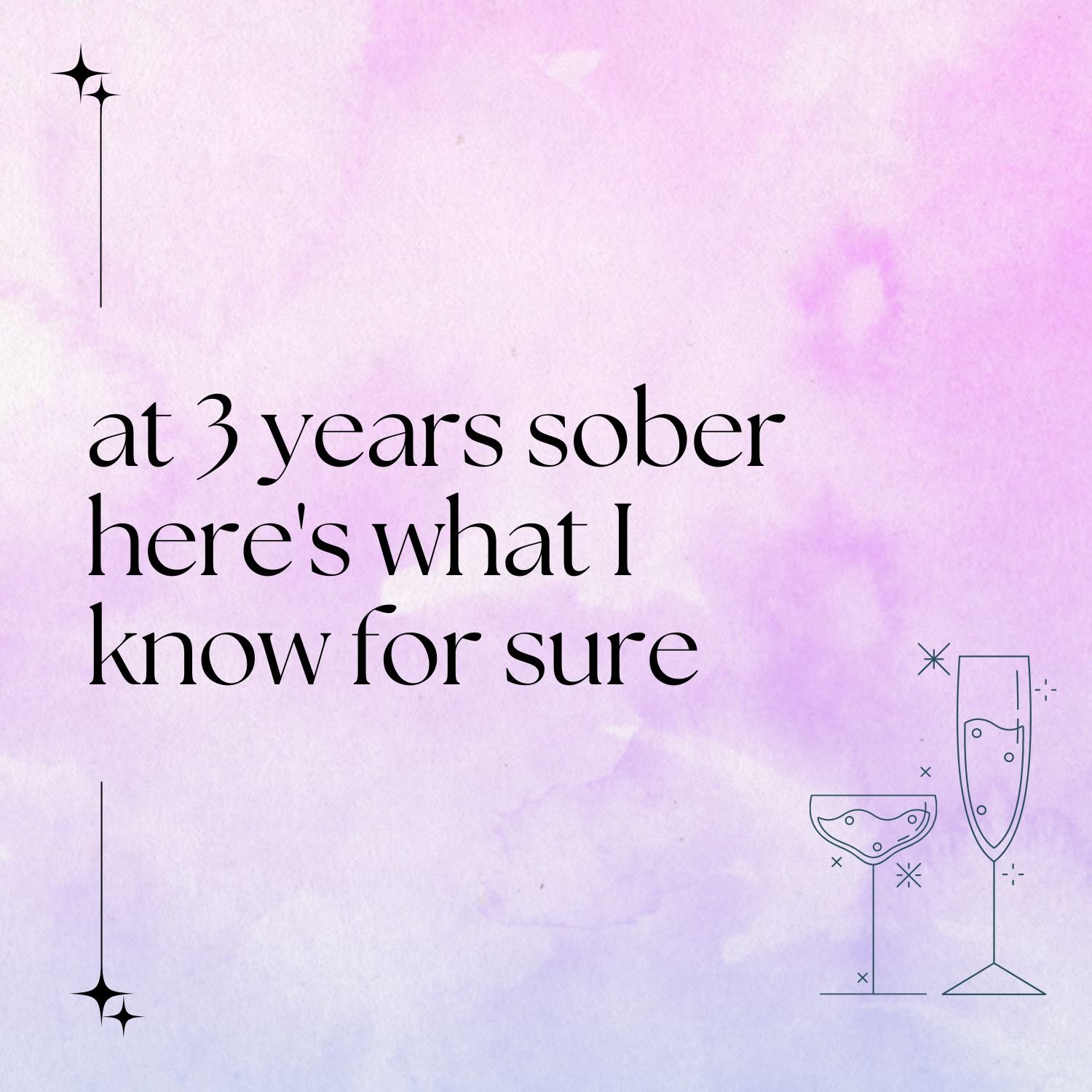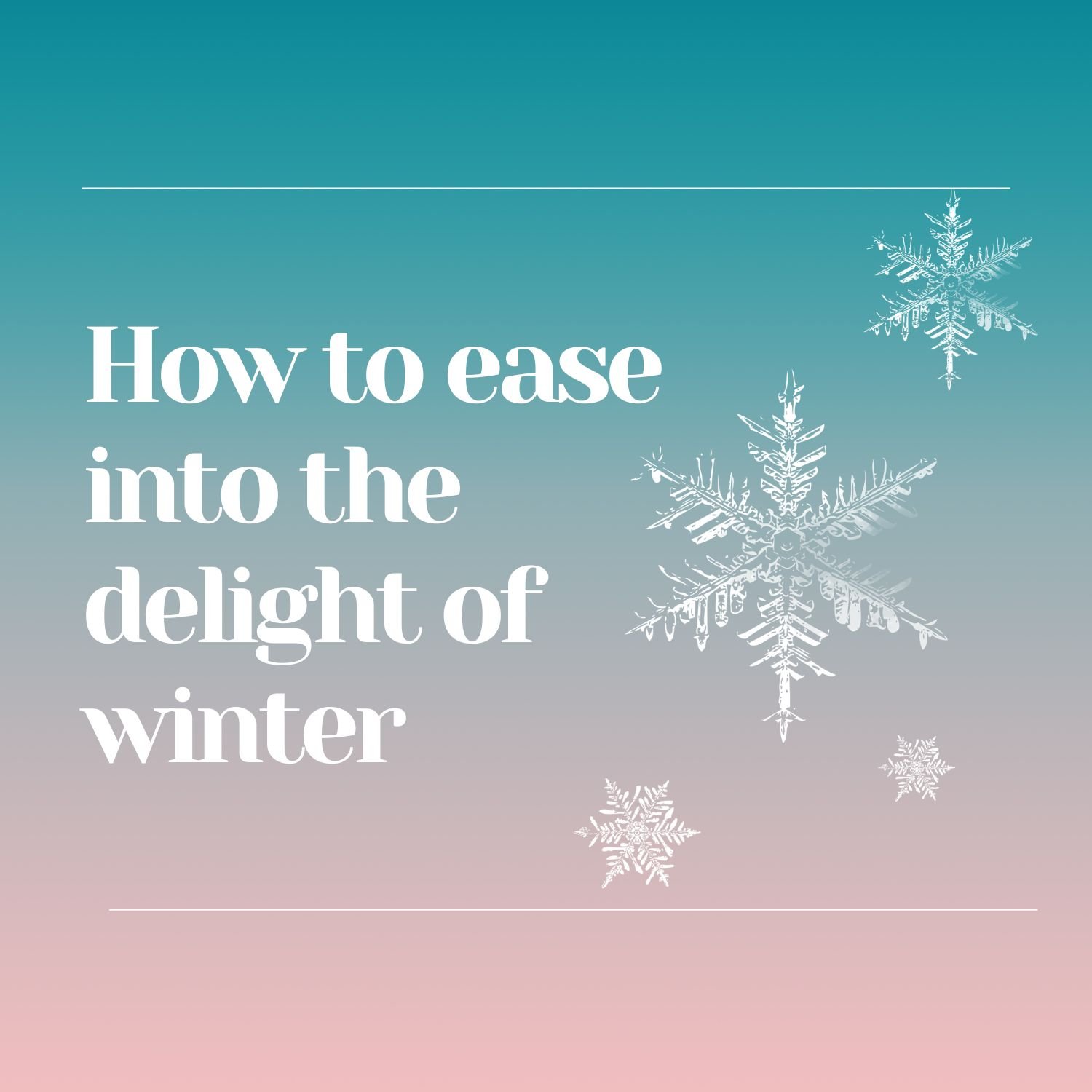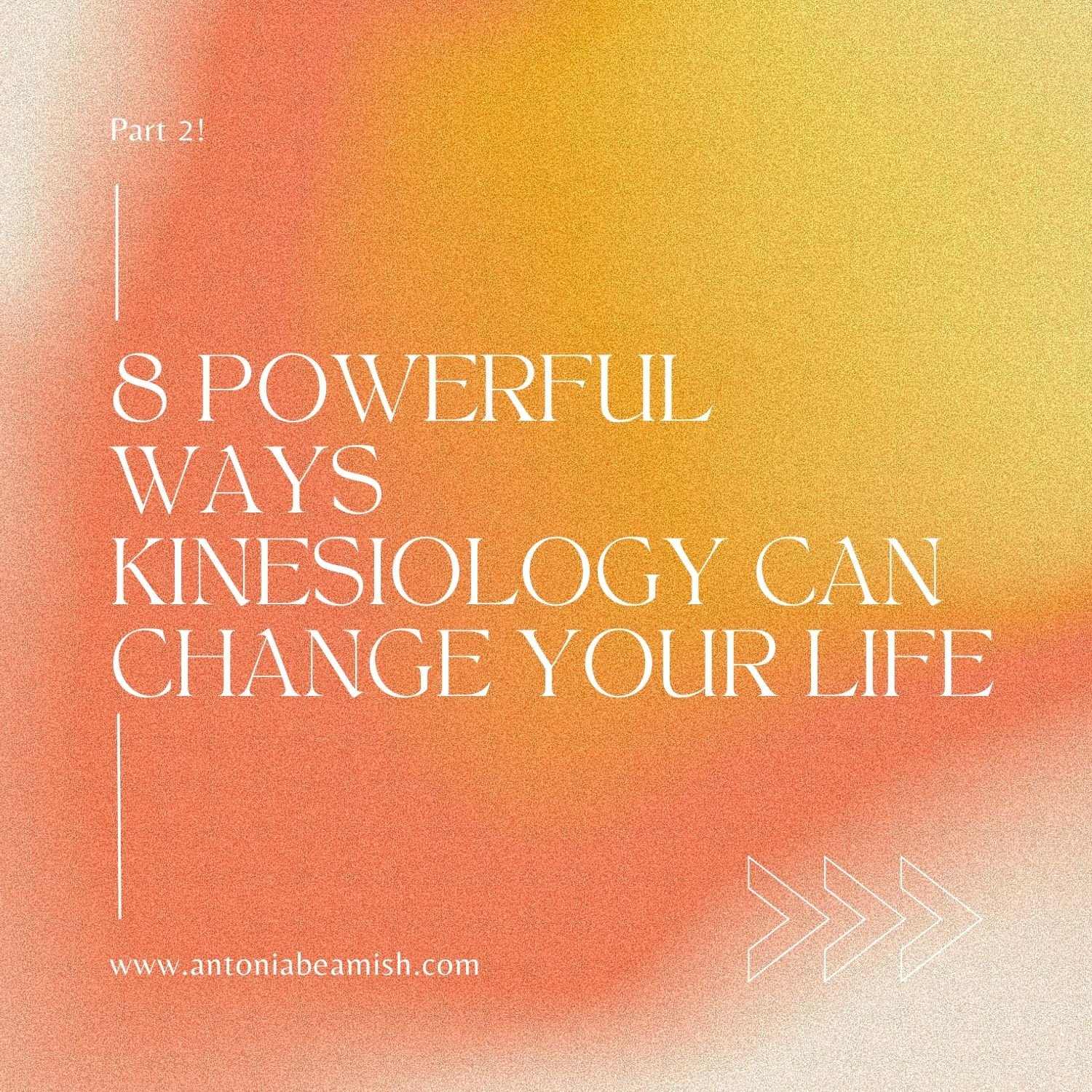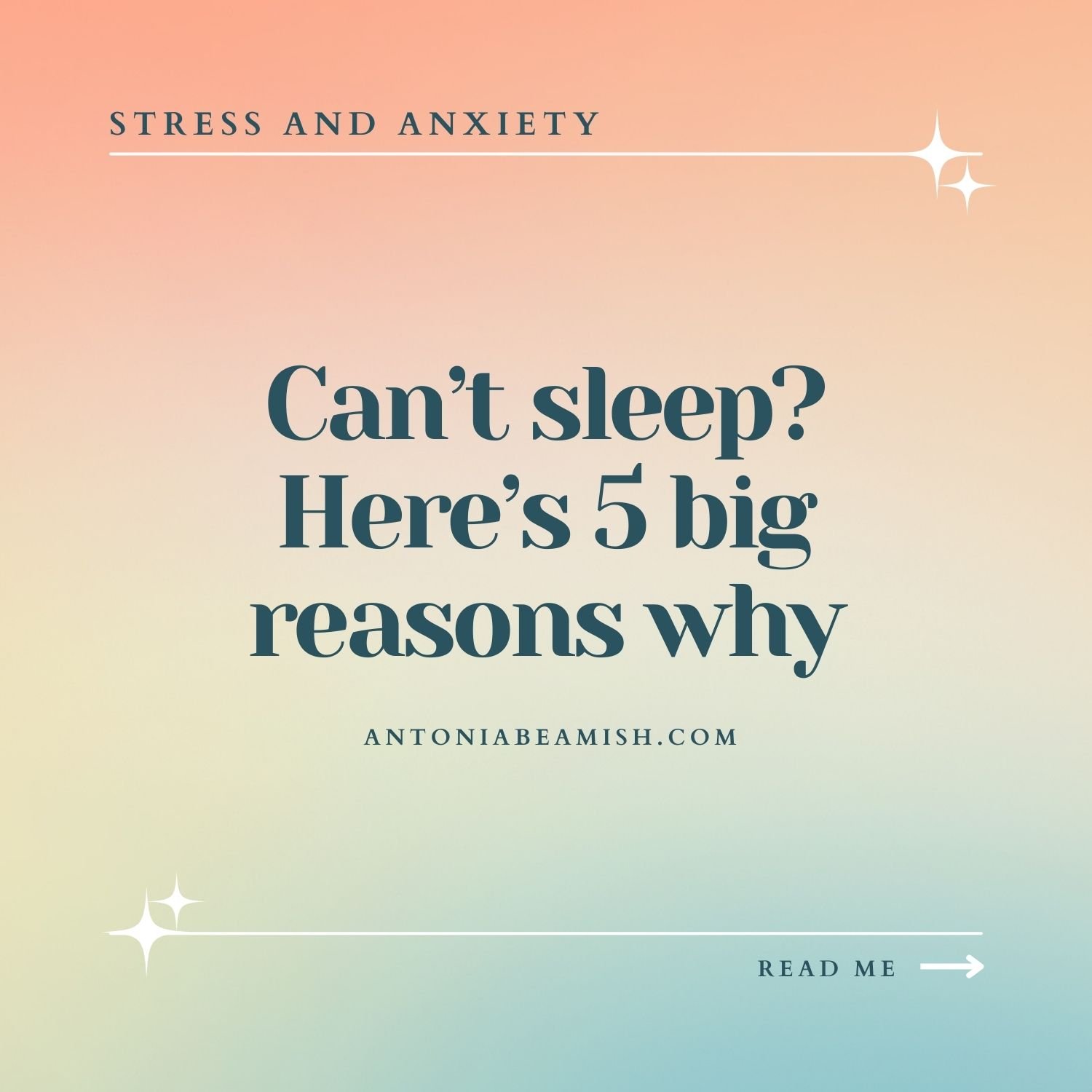How to embrace the joy of movement
For too long, exercise has been solely celebrated for its ability to shape our physical form, moulding us into the bodies we perceive to be the most attractive by the standards set by society.
In April, I set myself a challenge. I promised myself I would complete two out of three of the following activities every day; meditation, a yoga class and a walk. I wanted to see how I’d feel at the end of the month.
Rather than trying to change the shape of my body, it was about enhancing and strengthening all of my different bodies; physical, emotional and spiritual. We know that separating body, mind and soul is impossible when it comes to looking after our health. We come as a package deal, three for one.
So, it got me thinking. How can movement, the absolute physical expression of the bodies we were designed with, contribute to that sense of wellbeing, peace and connection we all ultimately crave?
The role of exercise on my health and wellbeing
I don’t like using the word exercise. Mostly because it has negative connotations for me from the past. Being made to partake in cross-country running and freezing on a cold hockey pitch spring to mind.
Even when, as I grew older and was able to choose the sports to play that I enjoyed the most, exercise still carried heavy emotions. When I lived in London in my twenties, exercise was addictive, filling a void within that I didn’t know was there. Workouts were an obsession, feeding my insecurities about my body, giving me a chance to control something in an otherwise uncontrollable life.
I didn’t know who I was or what I wanted. I was desperately searching for my purpose in the world, but the harder I looked, the more it evaded me.
I used exercise to punish my body after a night of drinking or a weekend of excess. I used fitness studios as a place to try and fit in.
Exercise wasn’t about pleasure; it was about keeping up with the frantic and fast-paced city life. It certainly wasn’t about nourishment, relaxation or joy. These were the opposites of what I thought exercise should be.
Pushing harder and faster for bigger and better
At this point in my life, working hard and exercising harder, I was a hot mess on the edge. I was so exhausted and rundown to the point that I was constantly on the verge of tears, panicky, tired and depleted.
This is adrenal stress and this is not normal. Yet stress is normalised. We live in a pushy culture, constantly striving for bigger and better, believing that rest is for the weak and ‘no pain no gain’. Yet, from my experience, this is a damaging memo to live by.
Even when I transitioned away from high-intensity, adrenal-exhausting workouts into gentler classes such as yoga, I still forced myself to go when my body was crying at me to have a break. I’d opt for the 90-minute class over the 60 minute one. Bigger, in my eyes, was still better.
This is why I don’t use the word exercise. Even when shining a light on my past relationship with it, exercise still feels like punishment and discipline. Some people want, and need, this. But not me.
The unadulterated joy of movement
Movement is the term I prefer and oh, it feels so incredibly good to move. Movement is what we were made to do and it feels deliciously divine. When we begin to move, rather than exercise, we fall into a natural rhythm that truly nourishes us. While exercise is limited and structured, movement is unlimited, footloose and fancy-free.
It is a way of life, rather than an activity to fit into our day. It’s more than something to just check off our list, it is incorporated into the very fabric of our being. It is not anticipated with fear or dread. Rather, it is joyfully assimilated into our day-to-day lives. It is not punishment for over indulgence, it is a celebration of our divine selves.
Everyone is biochemically individual. What works for one, doesn’t work for another. This is the thing to remember when we fall prey to the pressure of thinking we have to be moving in a certain way to feel the benefits. What feels good to me, won’t necessarily feel good to you.
Movement can be rolling around on the floor playing with a puppy. It can be making love. It can be stretching in the morning while you’re brewing a cup of coffee. It can be dancing in the car with your hands going wild. It can be gardening or climbing a tree. It can be anything you want it to be.
The power of movement for our energetic bodies
We are more than just the dense physical body; we are energetic beings vibrating at different frequencies in a universe of pulsating, vibrating energetic matter. What is this energy? It is our life force that flows through us all that the Chinese called Ch’i and the Indians called Prana.
We can feel it in the energy pathways that run through us called Meridians, the energy systems in our bodies called Chakras and in the energy fields that extend beyond our physical bodies, called Auras.
When you begin to grasp the concept of energy, you can begin to understand how we can curate this energy through the power of movement. When we move in a certain way, with intention, we open up our energetic channels to allow this vital life force to flow through us in the most beneficial way.
When we don’t move our bodies our energy flow becomes blocked and stagnant. Like stale water that attracts mosquitoes, we can easily become sluggish, tired and drained of our life force.
On a very physical level, energy and lymph flow are directly connected. We have twice as much lymph as blood, yet we have no heart to pump this crucial element around our bodies. Movement is vital to encourage lymph to flow, feeding and cleaning on a cellular level, and allowing the channels in the body to release any blocks impeding the flow.
Movement connects us to the elements
Another consideration of movement is how it consciously connects us to the elements of earth, air, fire and water.
Movement connects us to our breath, air, which is undeniably the most direct pathway for us to re-plug into our parasympathetic nervous system, focusing our attention on retuning our breath. Whether it’s movement that challenges our lung capacity or something quieter that creates a moment of silence for us to hear and rediscover how to breathe.
It also connects us to the earth below, rooting and grounding us. Anything that gets our hands and feet on the earth in conscious movements is powerful, calming and strengthening. It leads us back to the peaceful, ever-present but ever-forgotten, place of stillness rising up from the ground below, centering and rebalancing us.
Through movement we are also connected to the elements of water, the element we’re born into and the one that makes up over 70% of our body. When we move, we sweat. As we move, we need to quench our thirst. After we move, we wash in water. It is cleansing for us on every level.
Finally, we have fire. Through movement we create internal heat, momentum and energy. We need to stoke the fire in our bodies to keep our internal furnace, what we call the Triple Warmer in Traditional Chinese Medicine, thriving.
Finding space to breathe in movement
Finally, movement gives us breathing space to allow swirling emotions to settle down.
In the chaos of our lives where we think thousands upon thousands of thoughts a day, we are in desperate need of respite. To find a stillness in the concentration of movement. I call it breathing space, a chance to move our focus away from the worries at hand.
It’s not a distraction and it’s not avoidance, it is a place to find quiet within ourselves. In fact, when we have a problem to solve, one of the best ways to solve it is to not think about it, allowing our subconscious to do the job it’s meant to, presenting us with a solution when we least expect it.
Unlike using exercise as a punishment or reward, movement curates healthy self-love and self-respect. When we treat our body with love, we are strengthening the bond with ourselves. Whether the movement is opening, stretching, flowing, energising or anything else, you are connecting with yourself, moving towards loving and accepting yourself.
And it is joyful to recognise that at long last.
Want to receive the latest blog posts straight to your inbox? Sign up for my newsletter and you’ll also receive your FREE ‘Discover Your Fear Saboteur’ guide, the ultimate guide to identifying the fear sabotaging your potential!
